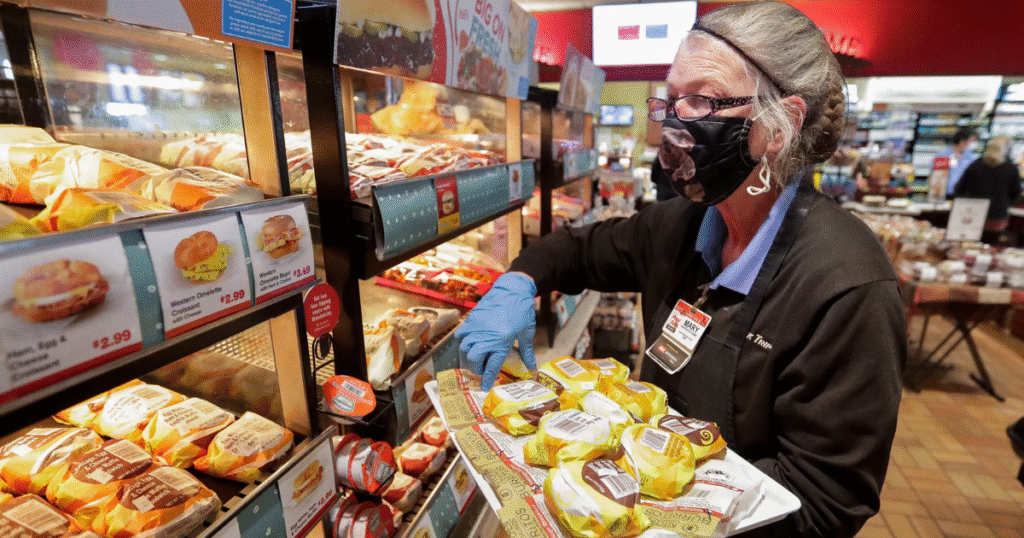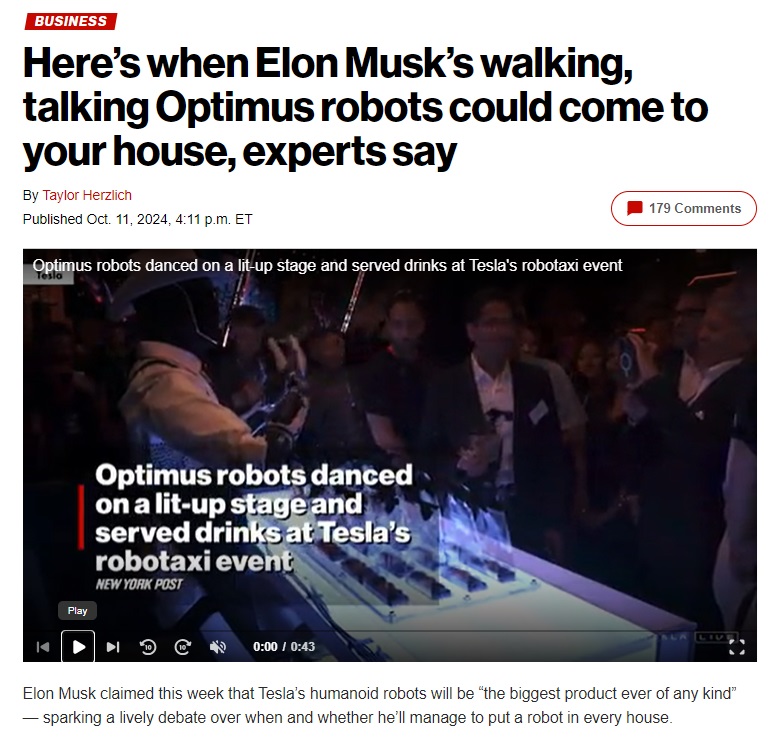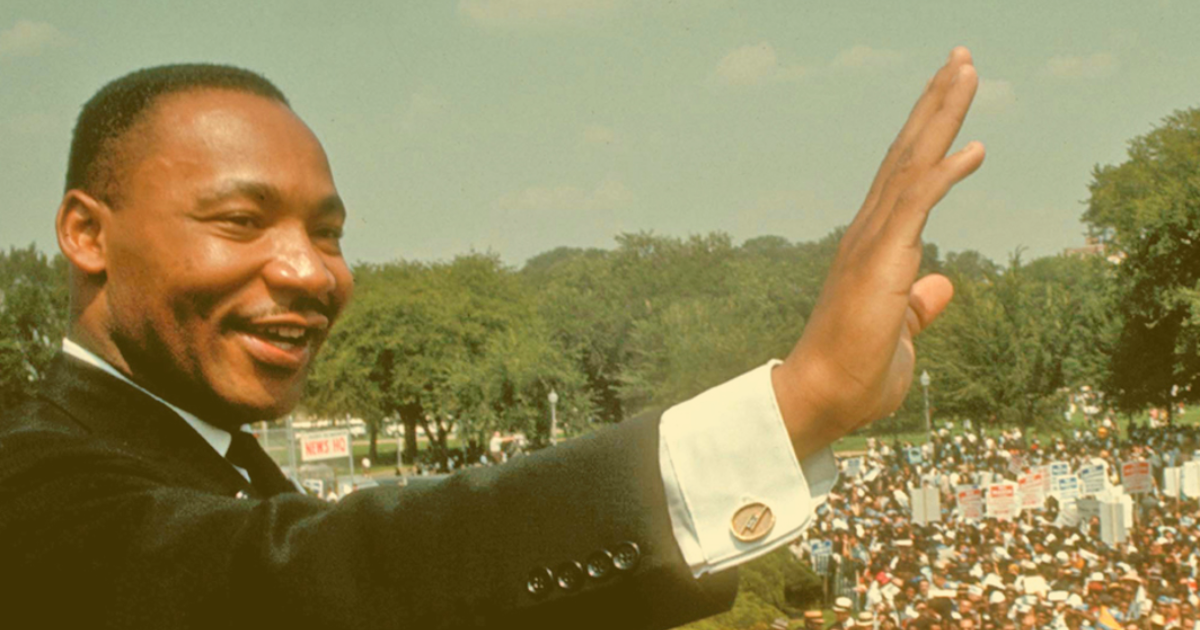Retail innovation in breakfast is rewriting the rules of the morning meal. Convenience stores, long considered fuel stops with basic food options, are now beating quick-service restaurants (QSRs) at their own game. They’re leveraging loyalty ecosystems, operational efficiency, and consumer-driven flexibility to redefine how Americans start their day.
The lesson for retailers and QSR leaders is clear: innovation in assortment, pricing, and speed is winning loyalty where it matters most: at breakfast.
TL;DR
- Retail innovation in breakfast is driving 9% traffic growth at c-stores, while QSR breakfast visits decline.
- Consumers increasingly view c-stores as full meal alternatives, with 72% affirming this in 2025 vs. 45% two years ago.
- Innovation in basket-building (fuel + food + beverage) makes c-stores more flexible than national combo menus.
- Operational innovation (lean crews, higher throughput) helps c-stores adapt to labor and input cost pressures better than QSRs.
- Breakfast innovation matters because it sets daily frequency, loyalty, and revenue foundations.
Retail Innovation in Breakfast: A Data Snapshot
Several signals underscore the disruption:
- Circana reports morning c-store visits climbed 9% in mid-2025, compared to just 1% growth for QSRs.
- Revenue Management Solutions found QSR breakfast visits fell 8.7% year over year in Q2.
- McDonald’s morning traffic share dropped from 33.5% in H1 2019 to 29.9% in H1 2025 (Placer.ai).
- Intouch Insight found 72% of consumers now see c-stores as true meal options, a sharp increase from 45% two years ago.
As the Harvard Business School shows in With Predictive Analytics, Companies Can Tap the Ultimate Opportunity: Customers’ Routines, companies that understand when and how customers act as part of their daily routine gain outsized loyalty advantages.
Innovation Drivers Behind the C-Store Advantage
The rise of retail innovation in breakfast comes from a convergence of factors:
- Flexible Basket Design
C-stores enable trip stacking: fuel, coffee, a snack, fresh fruit, and a made-to-order sandwich – personalized to appetite and budget. - Operational Efficiency
Lean, cross-trained crews deliver speed and value at lower labor cost, matching today’s inflationary environment. - Perceived Value Over Price Alone
Customers prioritize convenience, freshness, and flexibility over rigid combo menus. - Loyalty Ecosystems
Fuel programs integrate directly with foodservice promotions, incentivizing return visits and deepening engagement.
This blend positions convenience store breakfast innovation as a structural shift, not a passing trend.
The QSR Response to Breakfast Innovation
For QSR operators, retail innovation in breakfast is both a threat and an opportunity:
- Compete with speed and assortment, not only bundle pricing.
- Add basket builders, from protein boxes to smoothies, to match consumer flexibility.
- Use commute-priced bundles that fit morning behavior patterns.
How C-Stores Are Innovating Beyond Food
The innovation isn’t just about menus. C-stores are rethinking the entire retail model:
- Technology integration: Mobile ordering, digital kiosks, and AI-driven inventory improve throughput.
- Experience design: Stores emphasize open layouts and fresh-prepared food visibility.
- Partnerships and acquisitions: RaceTrac’s Potbelly deal illustrates how traditional lines between categories are blurring.
This innovation in breakfast extends the broader redefinition of what it means to be a retailer in 2025.
Why Breakfast Innovation Matters for Loyalty
Breakfast sets the tone for consumer behavior. It’s the highest-frequency daypart, making it central to daily habits. Winning the breakfast stop means winning repeat visits throughout the week.
That’s why retail innovation in breakfast has become a strategic battleground. Leaders like Kwik Trip, Sheetz, Casey’s, and Buc-ee’s prove that combining food quality with retail convenience can shift long-term loyalty away from QSR giants.
FAQs on Retail Innovation in Breakfast
1. What does retail innovation in breakfast mean?
It refers to new models, especially from convenience stores, that blend foodservice, fuel, and loyalty to disrupt traditional QSR breakfast.
2. Why are c-stores gaining share?
Because they combine trip stacking, basket flexibility, and throughput efficiency.
3. Are QSRs losing ground permanently?
Not necessarily, but they must innovate beyond combo menus to remain competitive.
4. Which operators are leading in breakfast innovation?
Kwik Trip, Sheetz, Casey’s, and Buc-ee’s are standout players investing in food quality and service design.
5. Why does breakfast innovation matter so much?
Because breakfast habits anchor consumer frequency and long-term brand loyalty.
Conclusion: Innovation Defines the Breakfast Battleground
The story of retail innovation in breakfast is about convenience, flexibility, and operational design are rewriting loyalty economics.
C-stores have innovated where QSRs have stalled, creating adaptable, commuter-friendly breakfast ecosystems. For leaders across retail and foodservice, the message is clear: innovate around the consumer’s morning routine, or risk losing the most valuable stop of the day.
Related content you might also like:
- McDonald’s Digital Transformation: 3 Lessons
- An All-Digital World Speeds Commerce
- Membership Models in Retail: Chewy+ Case Study
- What Market Share Matters?




